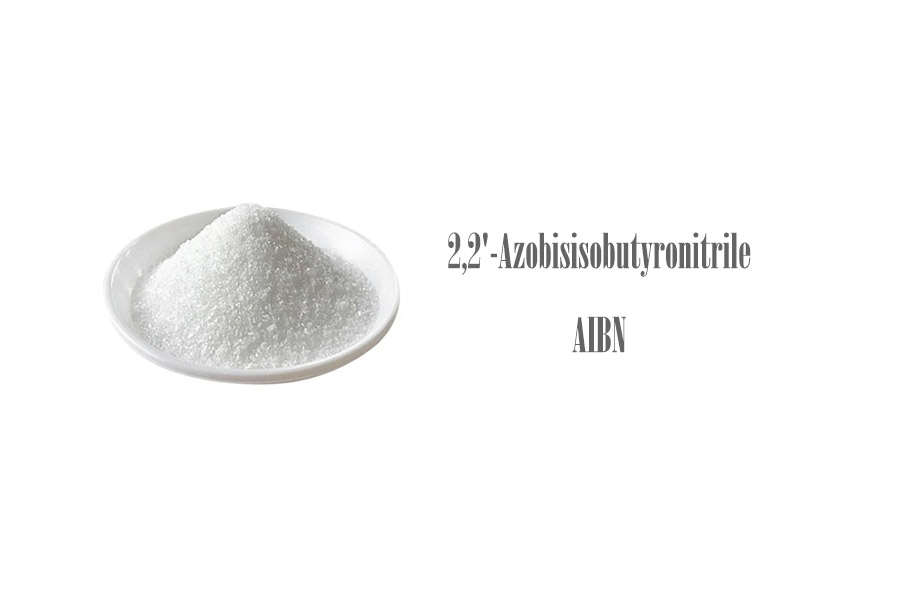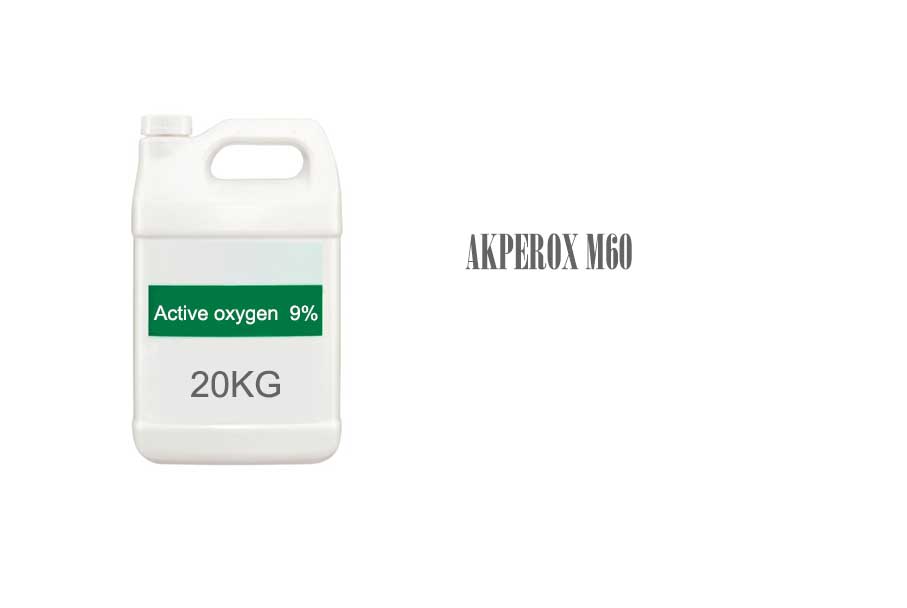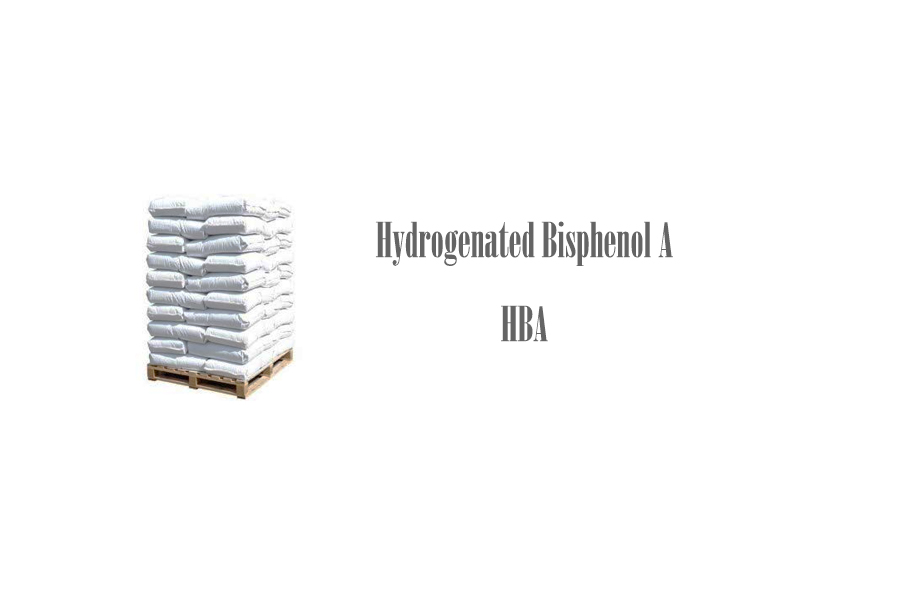2,2'-Azobisisobutyronitrile
Technical Data
| PROPERTIES | UNIT | SPECIFICATION | TYPICAL VALUE |
|---|---|---|---|
| Appearance | - | White Crystal or Crystalline Powder | White Crystal |
| Purity | wt% | 99.00 min | 99.31 |
| Melting Point | ℃ | 100.0-103.0 | 101.2 |
| Color Point | - | 10/10g max | 3/10g |
| Insoluble in Methanol | % | 0.01 max | 0.006 |
| Loss on drying | wt% | 0.1 max | 0.09 |
| Heavy Metal (as Pb) | % | 0.0005 max | 0.00028 |
| Fe | wt% | 0.0002 max | 0.00017 |
| CI- | wt% | 0.003 max | 0.0016 |
Products Description
What is AIBN used for? What is the use of Azobisisobutyronitrile? AIBN is used as a initiator for PVC(polyvinyl chloride), PVA(polyvinyl alcohol), Polyacrylonitrile(polyacrylonitrile).
UN 3234 Hazard Class 4.1 PackingGroup II
Product names in Market:
2,2'-Azobisisobutyronitrile, Azobisisobutyronitrile
AIBN initiator, AIBN, Free radical initiator
2 2'-azobis(2-methylpropionitrile), α,α′-Azoisobutyronitrile
What is the CAS number of AIBN? AIBN CAS number is 78-67-1
What is the mechanism of AIBN degradation?
The degradation mechanism of AIBN is a thermal homolytic cleavage process, which generates free radicals and inert byproducts. This mechanism is central to its role as a radical initiator in polymerization reactions.
Molecular Formula: C8H12N4
Molecular structure
Molecular Weight: 164.2
EINECS: 201-132-3
Chemical Name: 2,2'-Azobisisobutyronitrile
Melting point: 100°C-103°C
AIBN Boiling point: 281.68 °C
AIBN Density: 1.11 g/mL at 20 °C(lit.)
Flash point: 64 °C
Is AIBN toxic? AIBN is toxic and with health risks. Its toxicity is associated with its cyano group(-CN) and metabolic byproducts.
What is 2,2'- azodiisobutyramidine dihydrochloride? 2,2'-Azodiisobutyramidine dihydrochloride, is a water-soluble azo initiator. It is widely used in the aqueous solution polymerization and emulsion polymerization of water-soluble vinyl monomers, such as the polymerization of acrylamide, acrylic acid and its derivatives.
Applications
Azobisisobutyronitrile (AIBN) is a widely used organic compound, as a radical initiator.
The use of Azobisisobutyronitrile (AIBN) in details:
Polymerization initiator:Used as a radical initiator in polymerization reactions, such as the polymerization of vinyl monomers (e.g., styrene, acrylonitrile, vinyl chloride, and methyl methacrylate).
Cross-linking Reactions: Used in cross-linking processes for polymers like rubber and plastics, helping to improve material strength, heat resistance, and chemical stability.
Organic Synthesis: Used as radical intermediates for halogenation, oxidation, and cyclization reactions.
Foaming Agent: Used as a foaming agent in the production of plastic foams, where its decomposition releases nitrogen gas to create a porous structure.
The advantages of Azobisisobutyronitrile (AIBN)
Mild Decomposition Temperature: AIBN decomposes at a moderate temperature range (typically 65–85°C), which is lower than many other initiators. This allows for better control over polymerization reactions, reducing the risk of side reactions caused by excessive heat.
Clean Decomposition Products: AIBN produces nitrogen gas and two isobutyronitrile radicals during decomposing. The nitrogen gas byproduct is inert and does not contaminate the reaction system, making it suitable for processes requiring high-purity polymers.
Controllable Reaction Kinetics: Its decomposition rate is stable and predictable, enabling precise control over the polymerization rate and molecular weight distribution of the resulting polymers.
Low Sensitivity to Oxygen and Water: AIBN is less sensitive to oxygen and water, reducing the need for strict anaerobic or anhydrous conditions.
Packing
Packed in 20kg carton, 40 cartons per pallet, 16MT/20'FCL.
Storage: Keep container tightly closed. Store in a refrigerator. Store under inert gas. Store locked up.







Leave a message